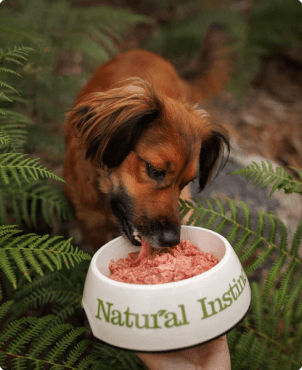-
-
- Christmas New
- Puppy Range
- Natural Dog Food
- Working Dog Food
- Simply New
- Chunks New
- Transition to Raw
- Bundles
Shop by Range New
-
- Ambient treats
- Frozen treats
- Frozen bones
- Supplements
Treats & Supplements
Dogs
 Feeding As Nature Intended Shop All Dog Food
Feeding As Nature Intended Shop All Dog Food -
-
- Ambient treats
- Frozen treats
- Supplements
Treats & Supplements
Cats
